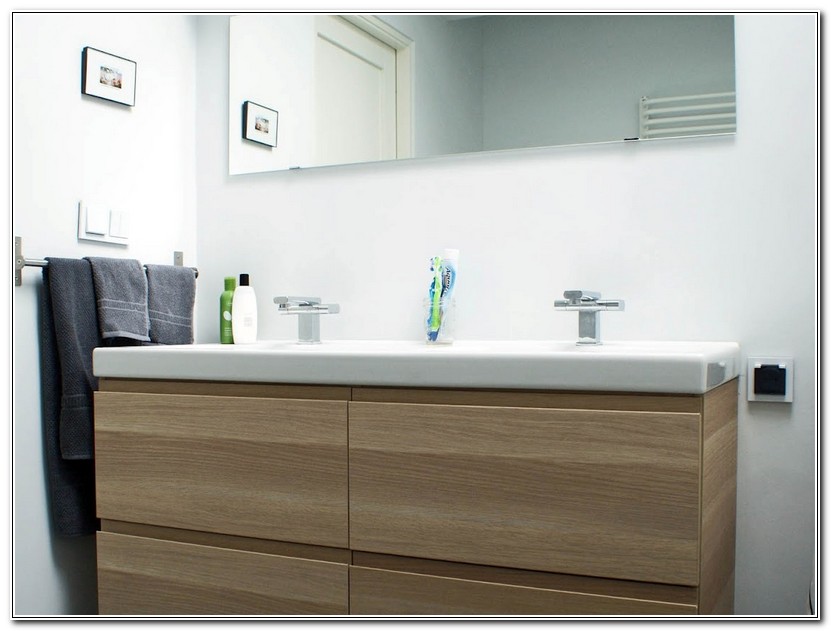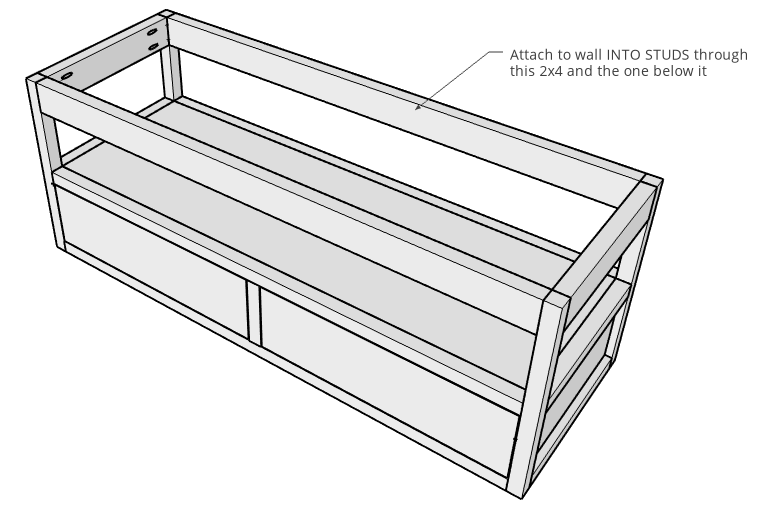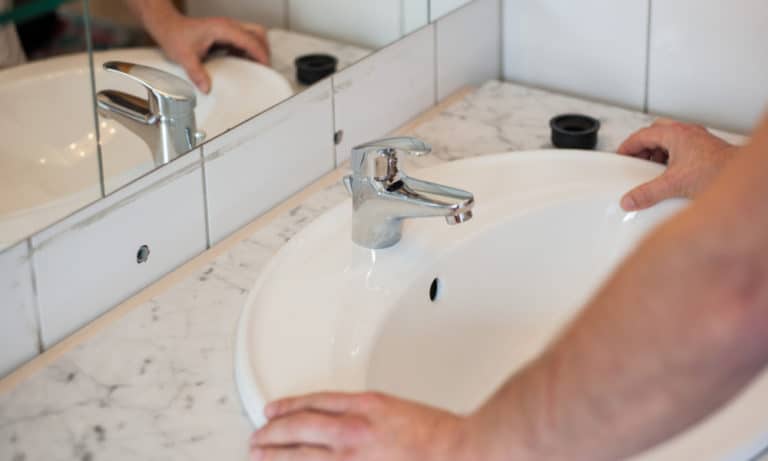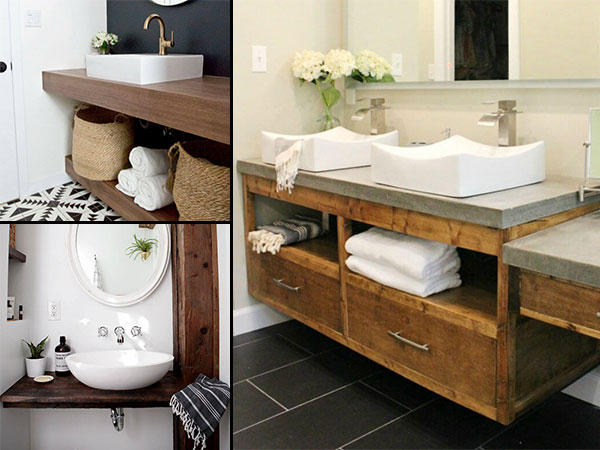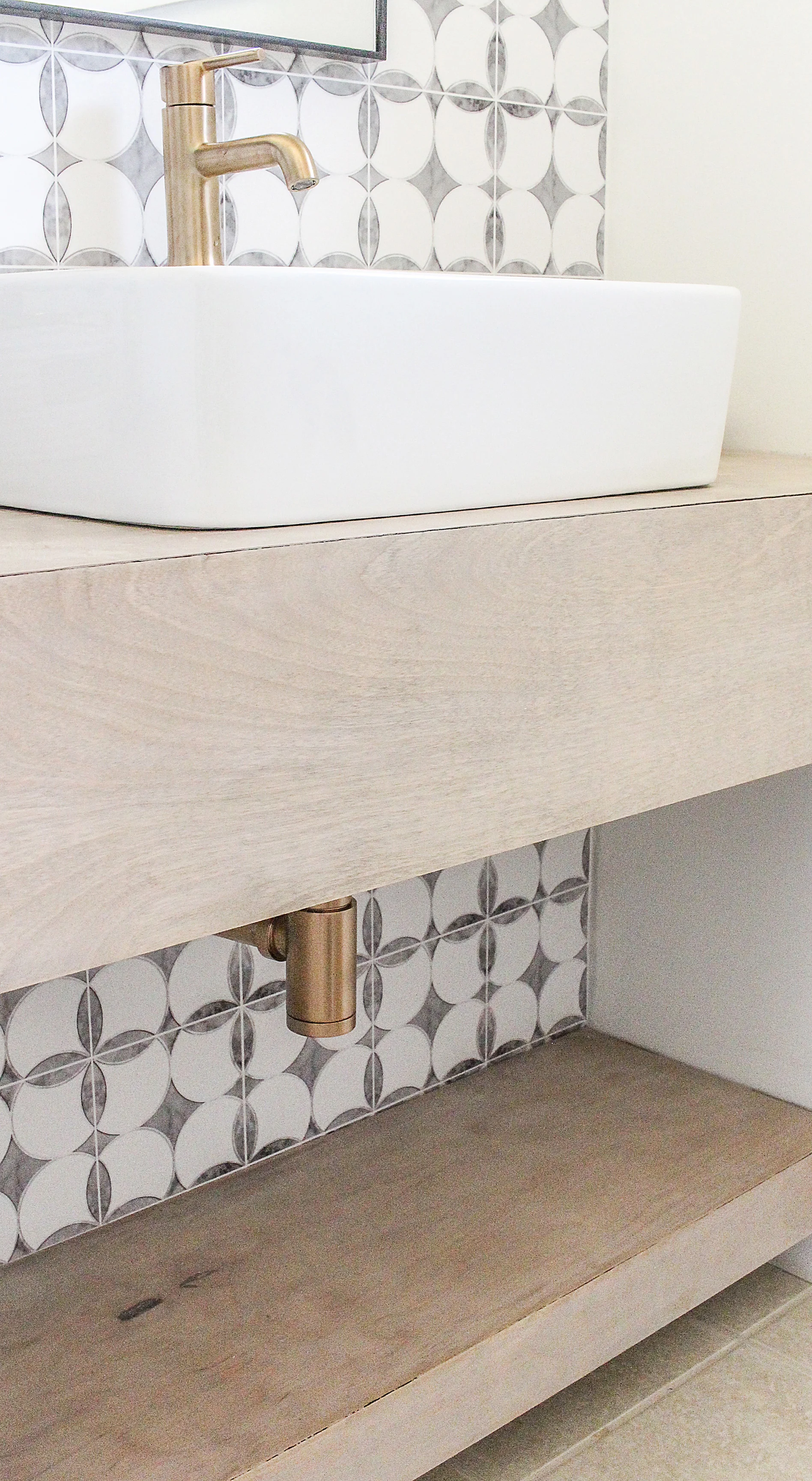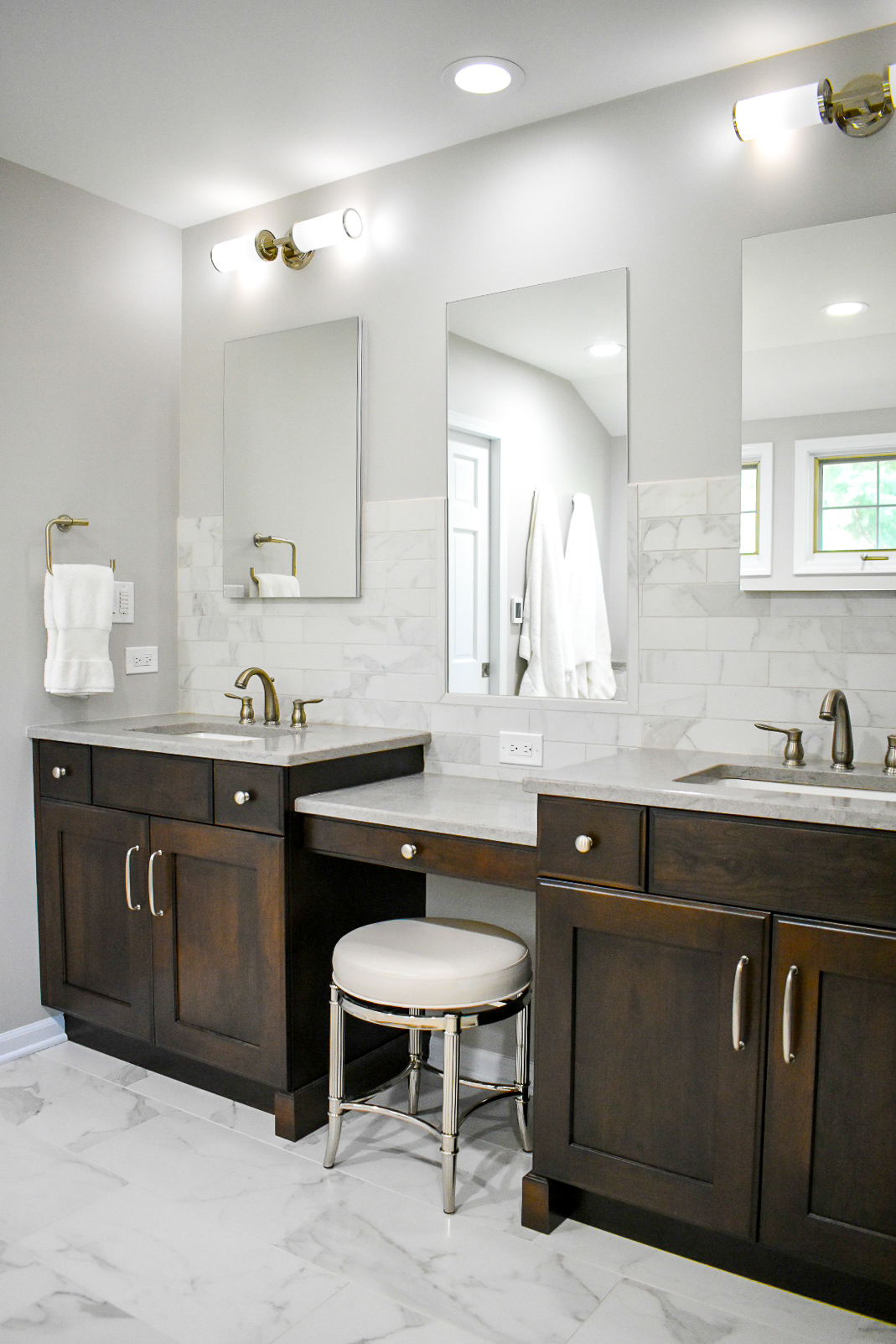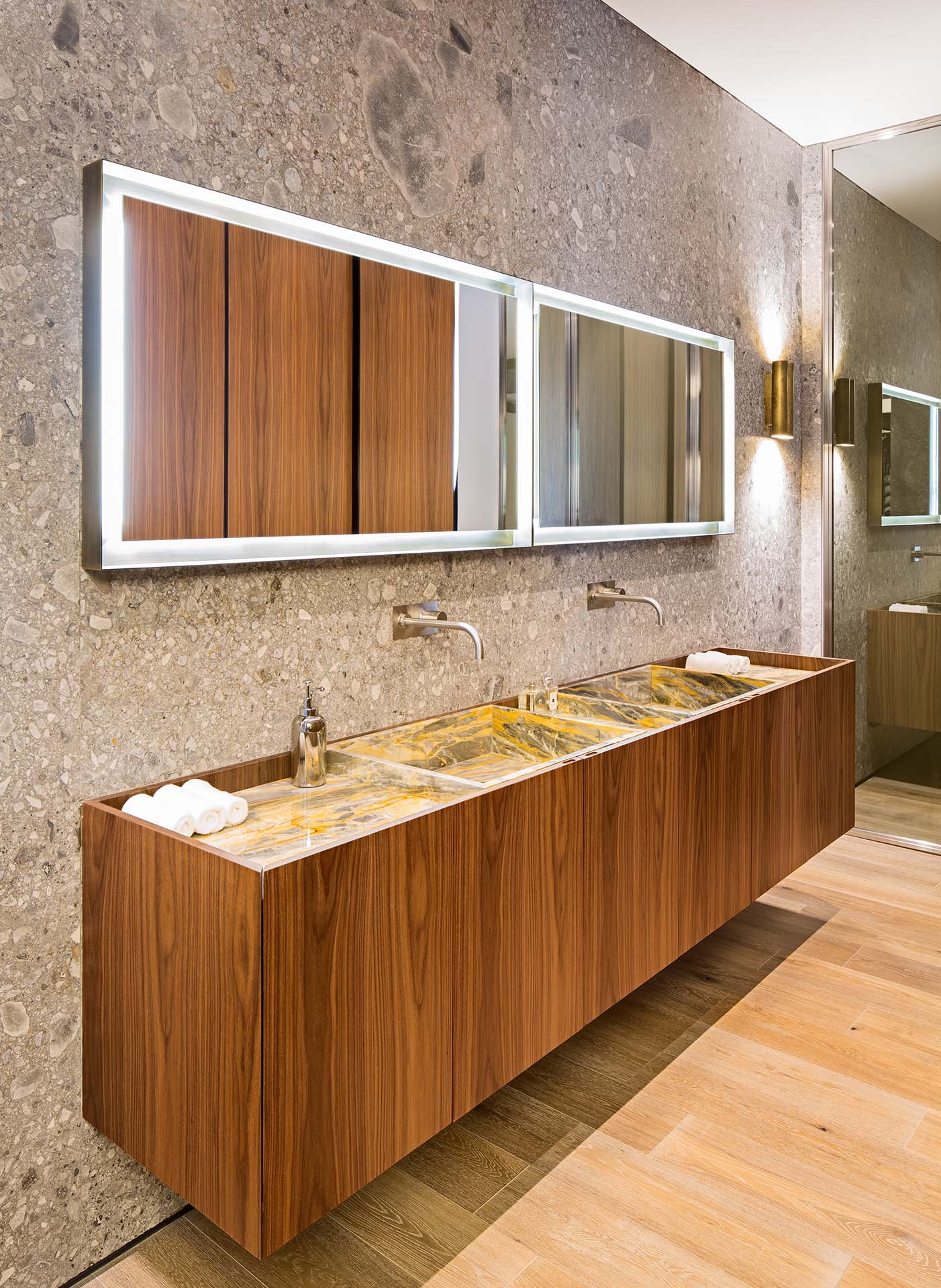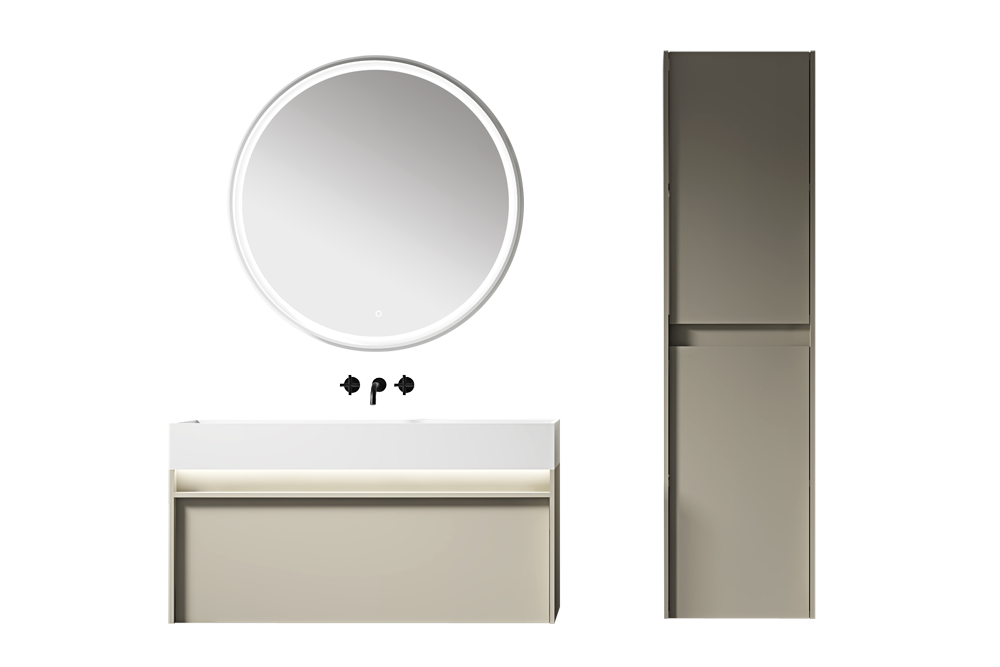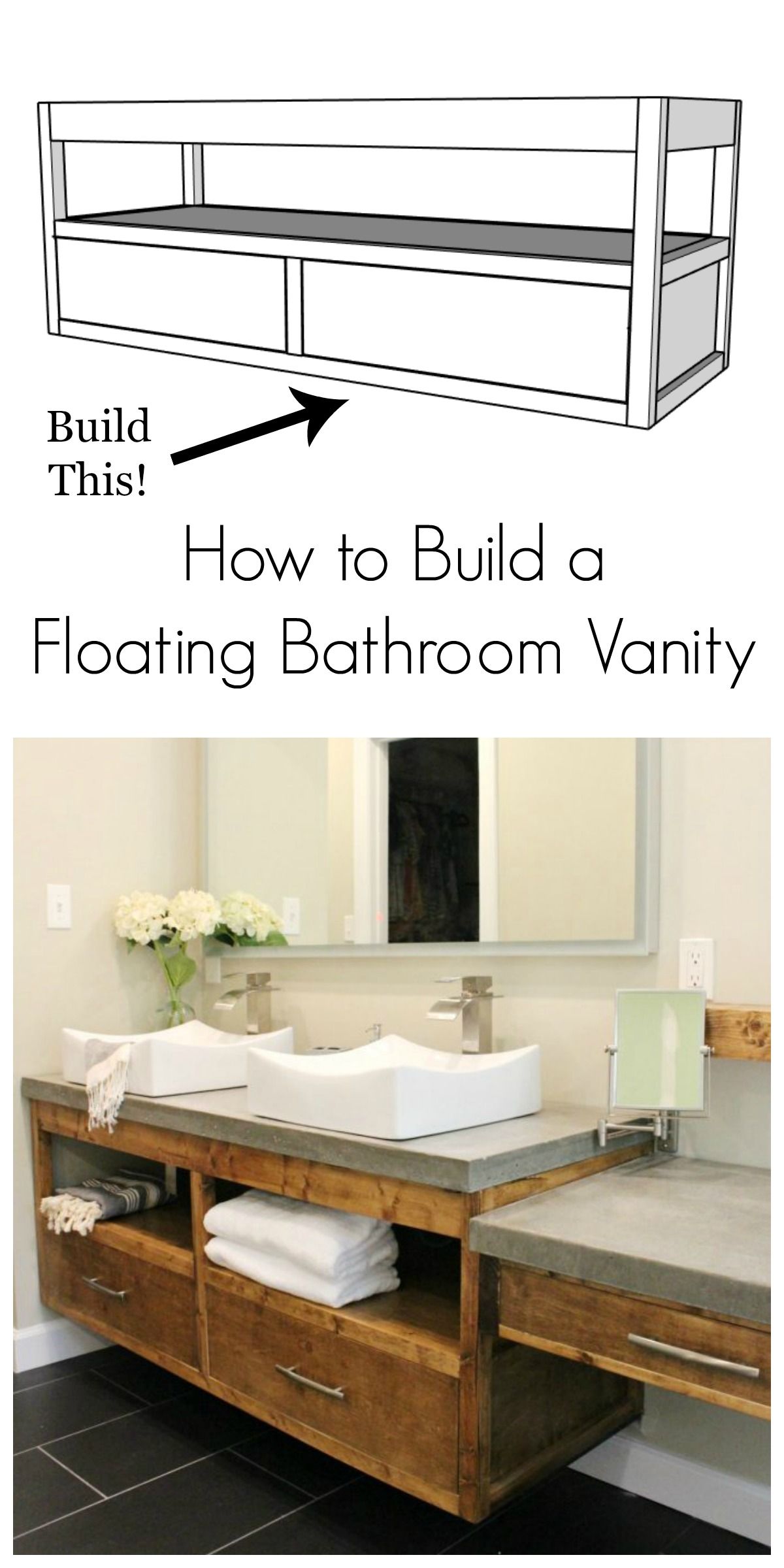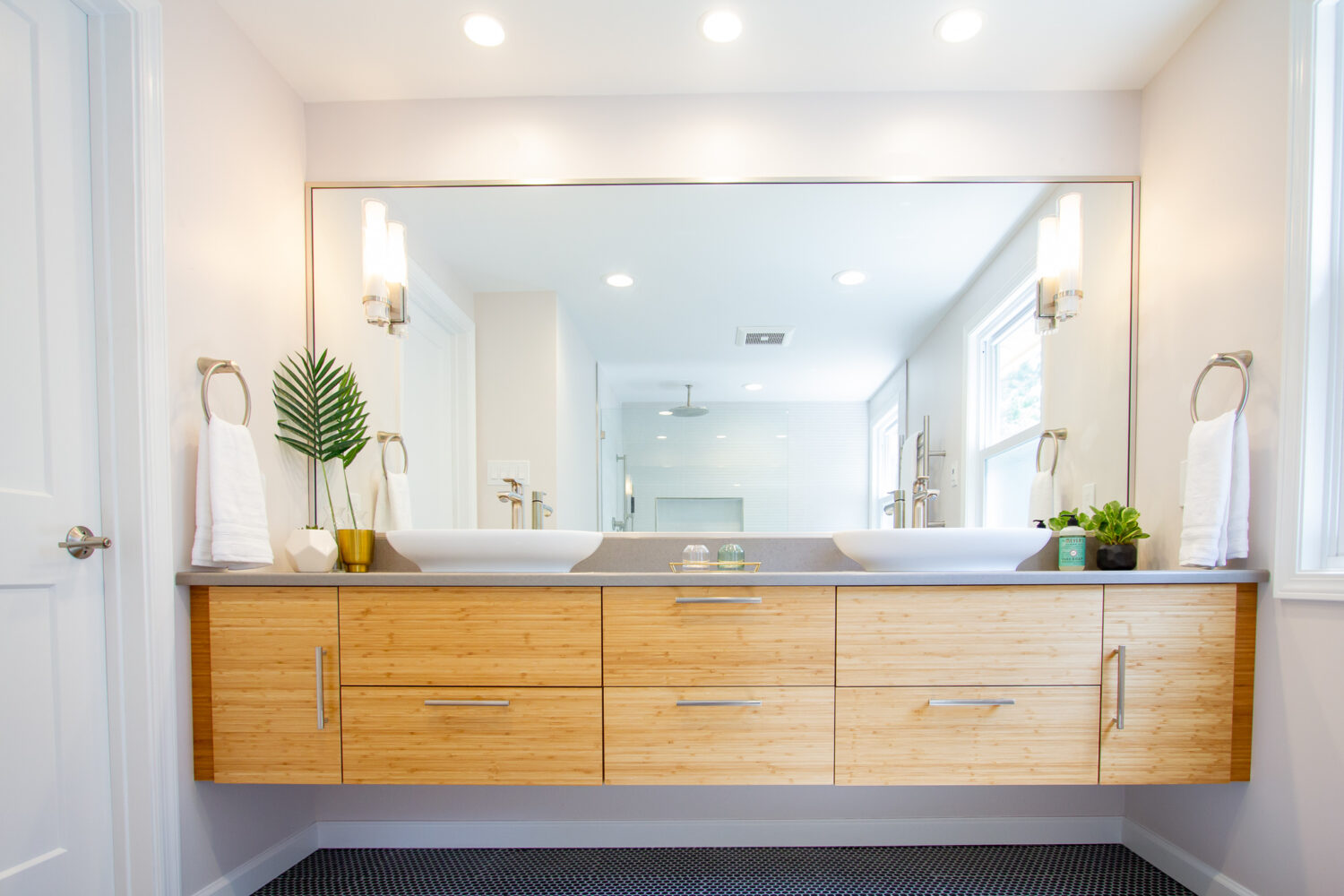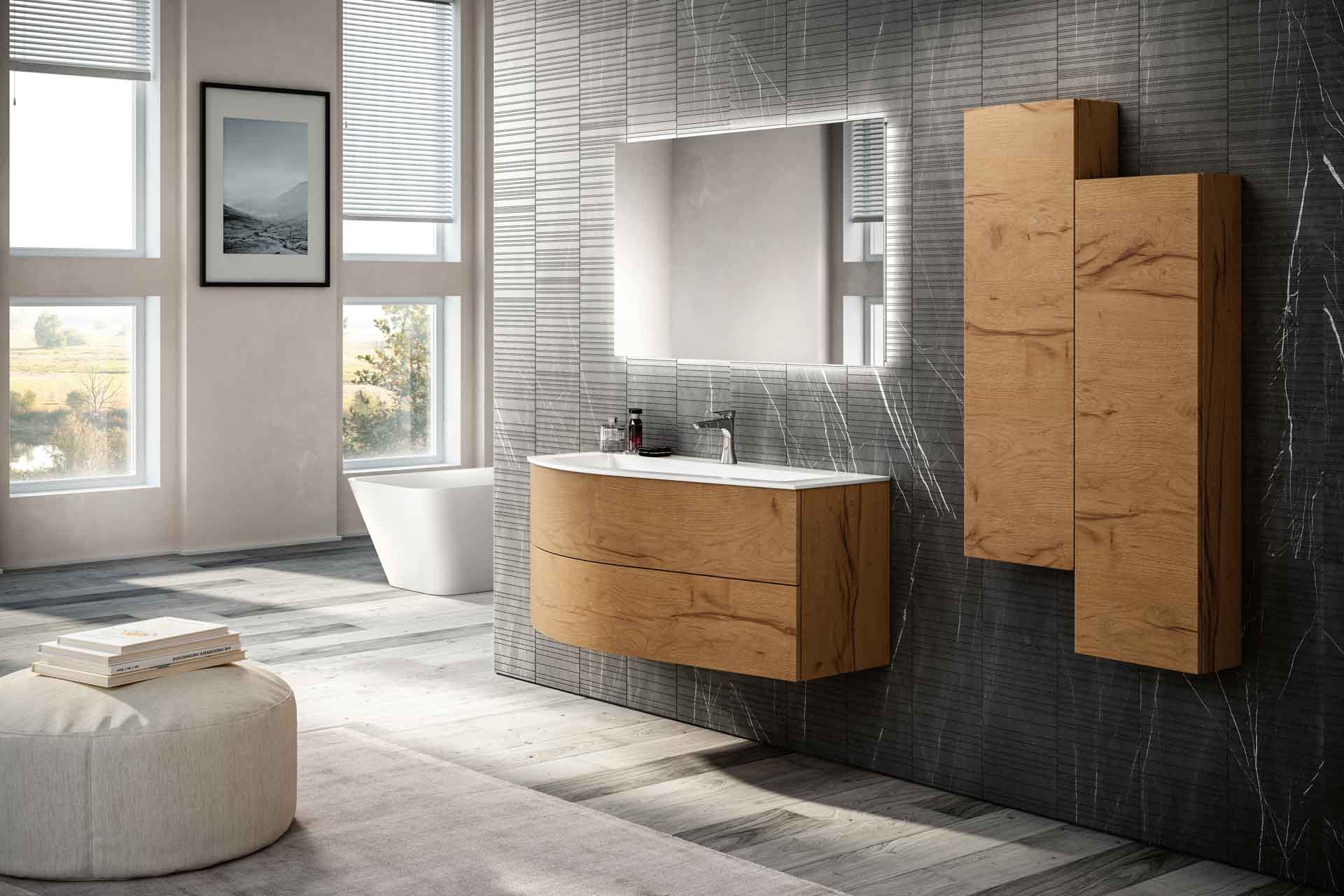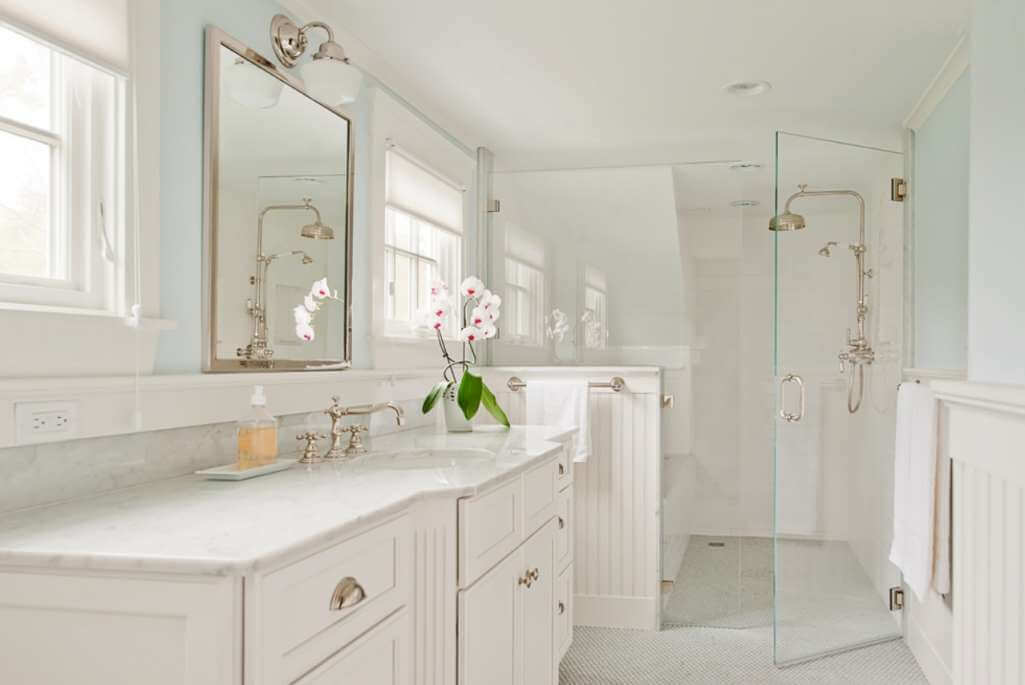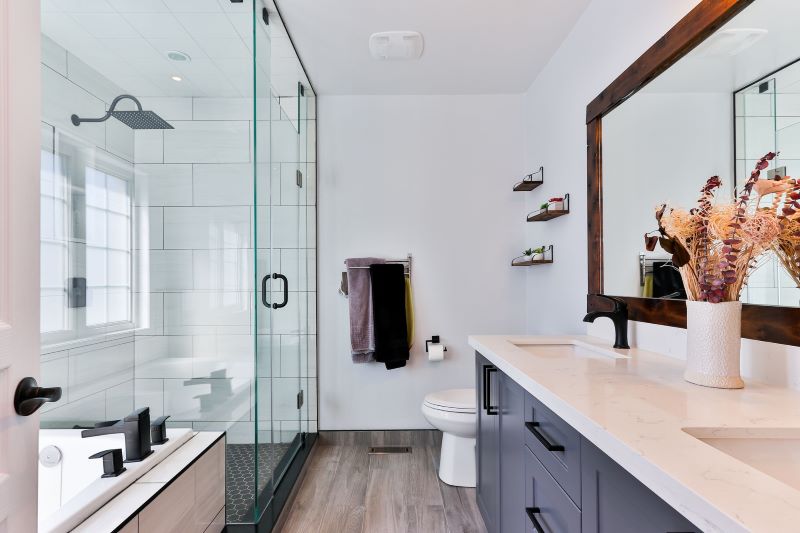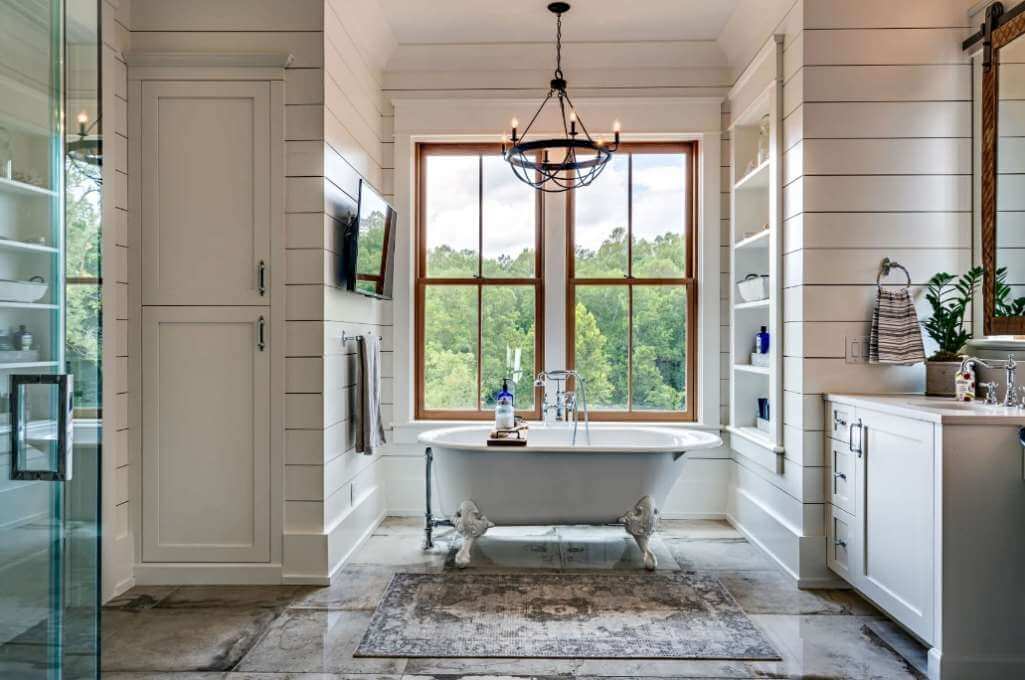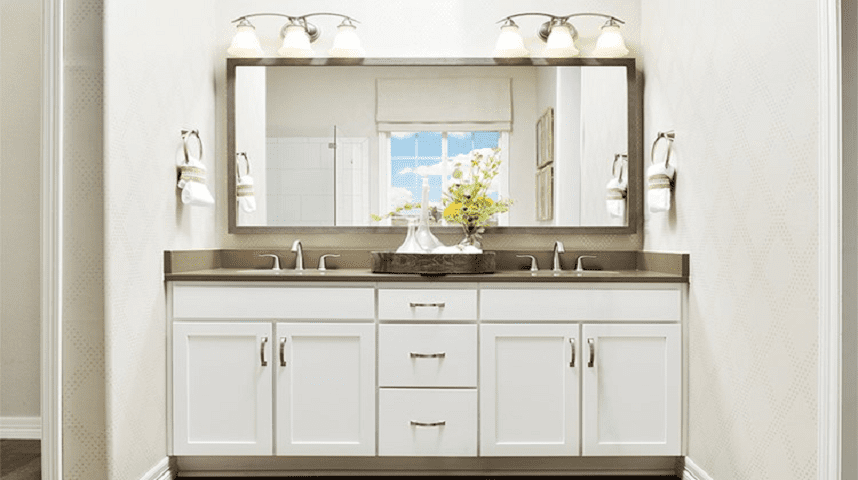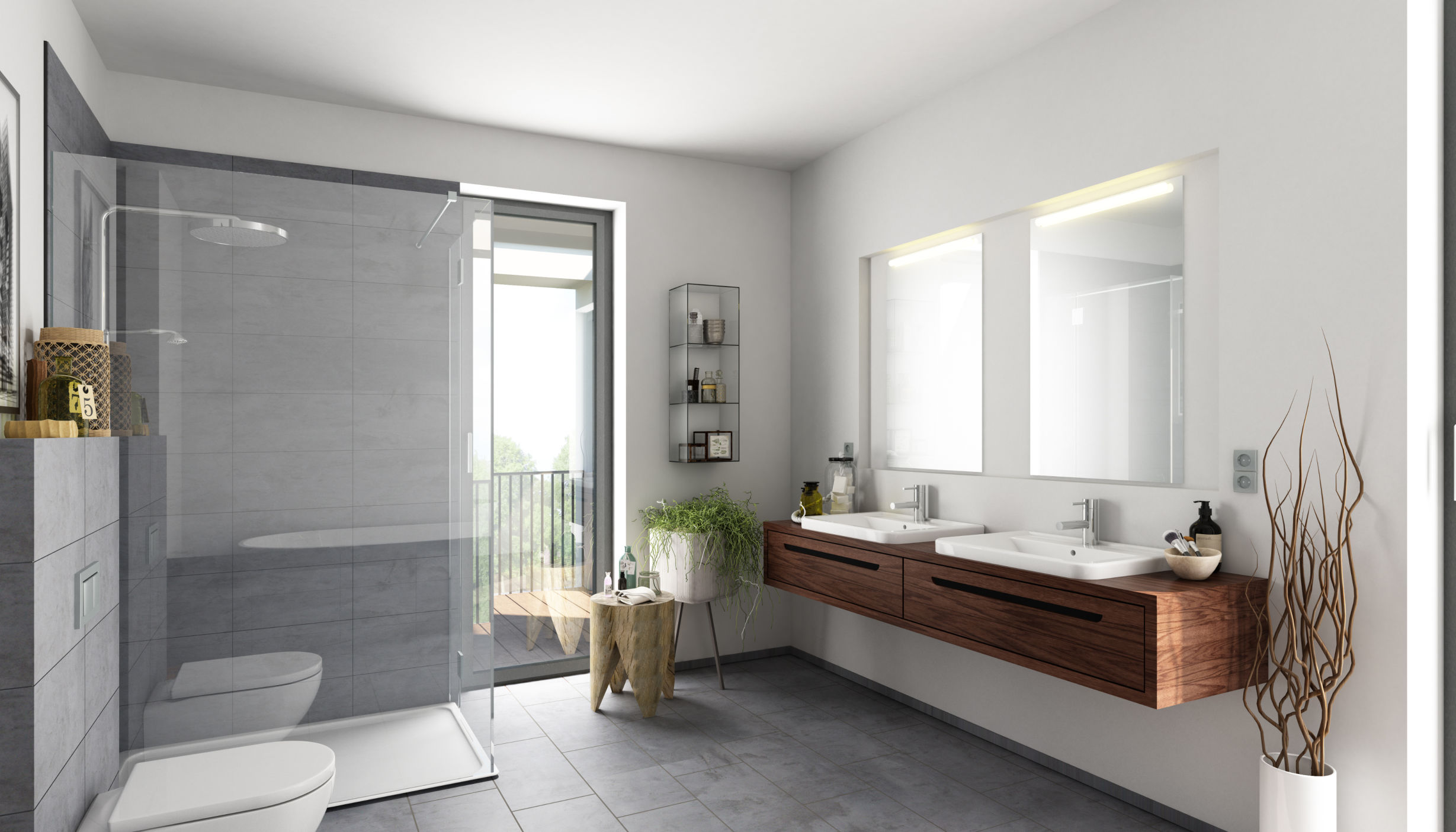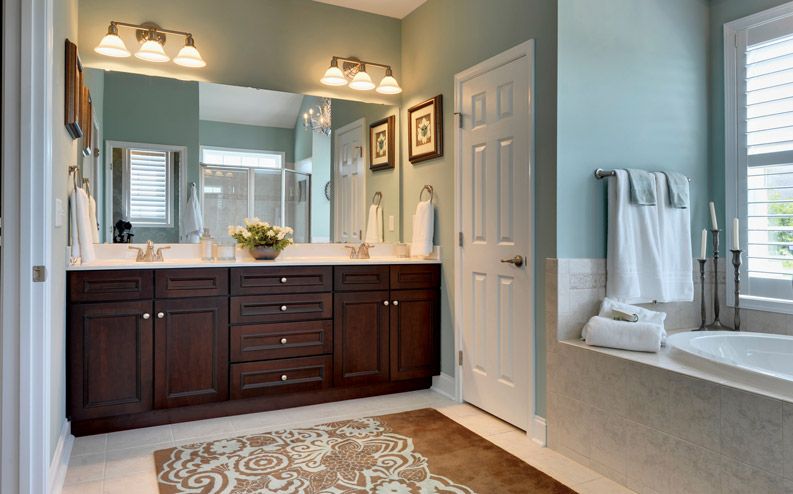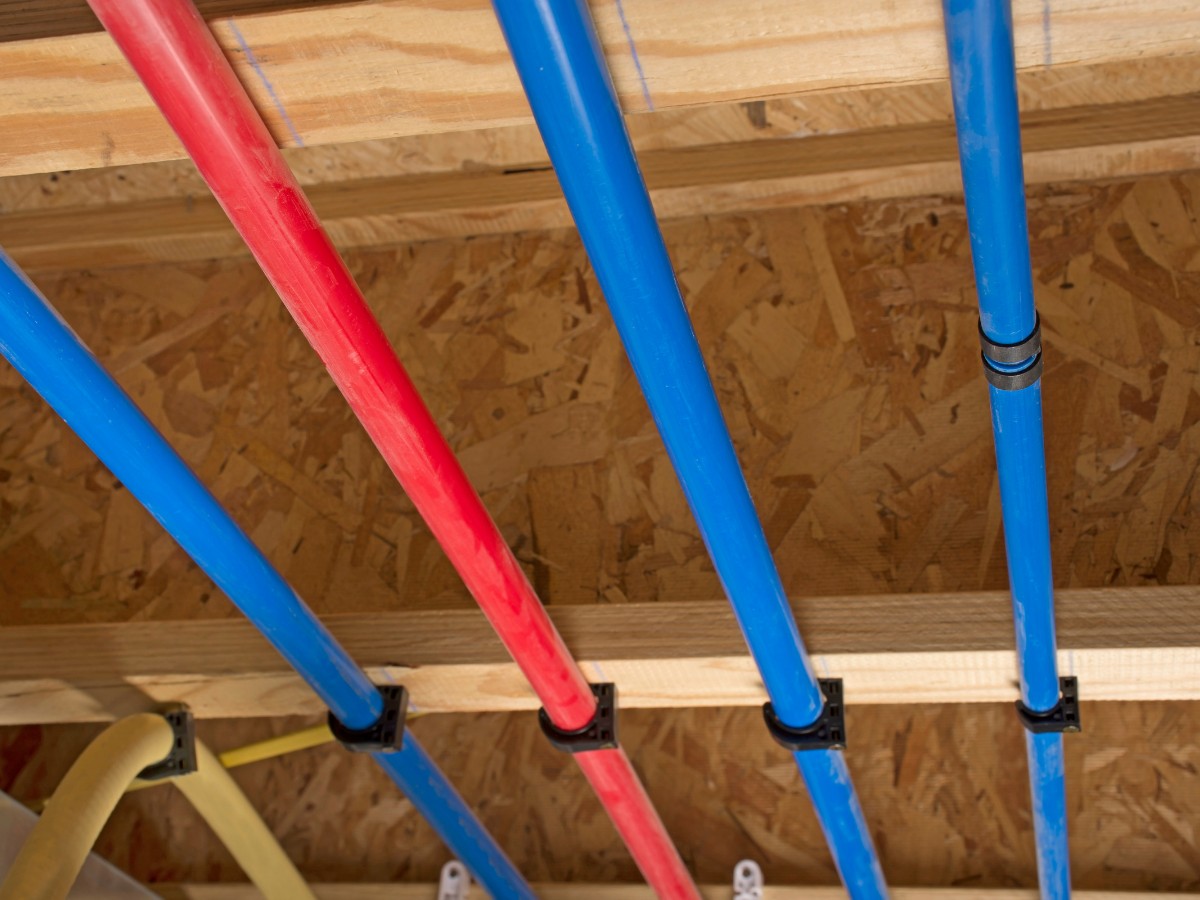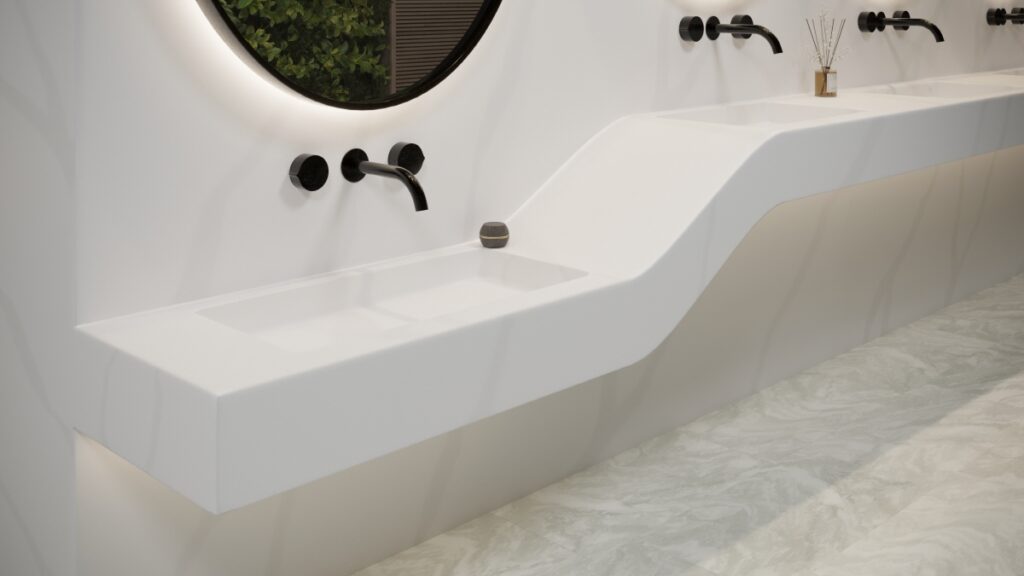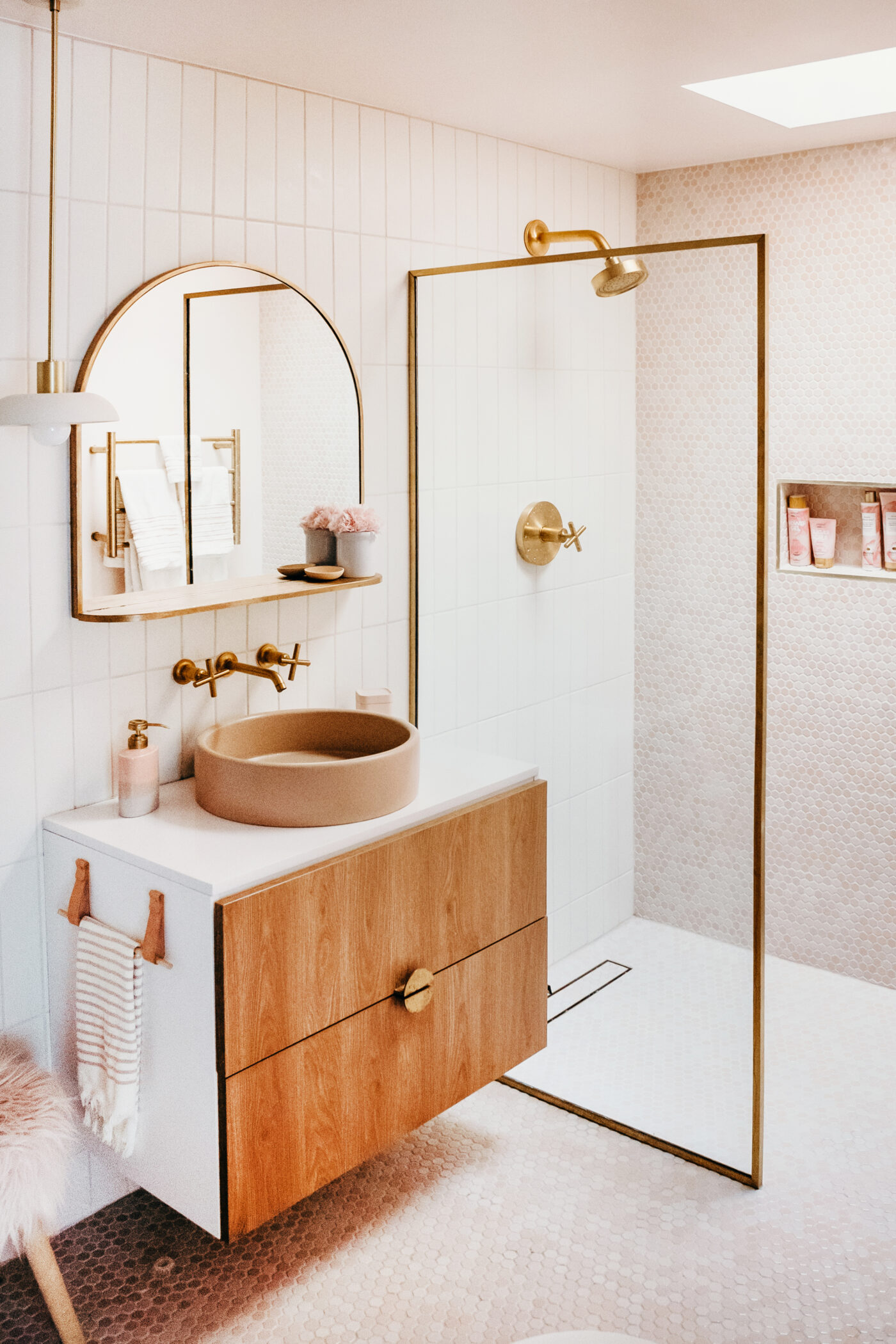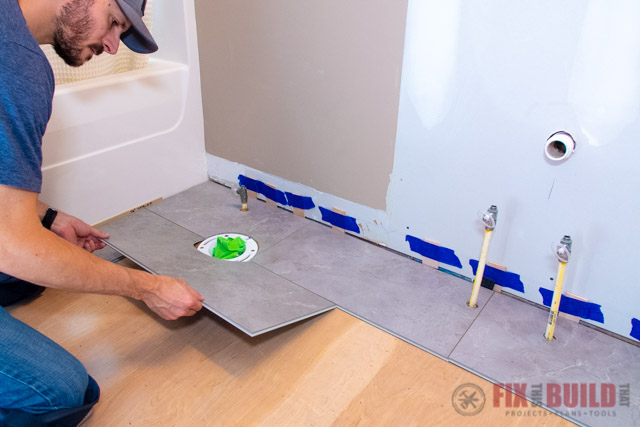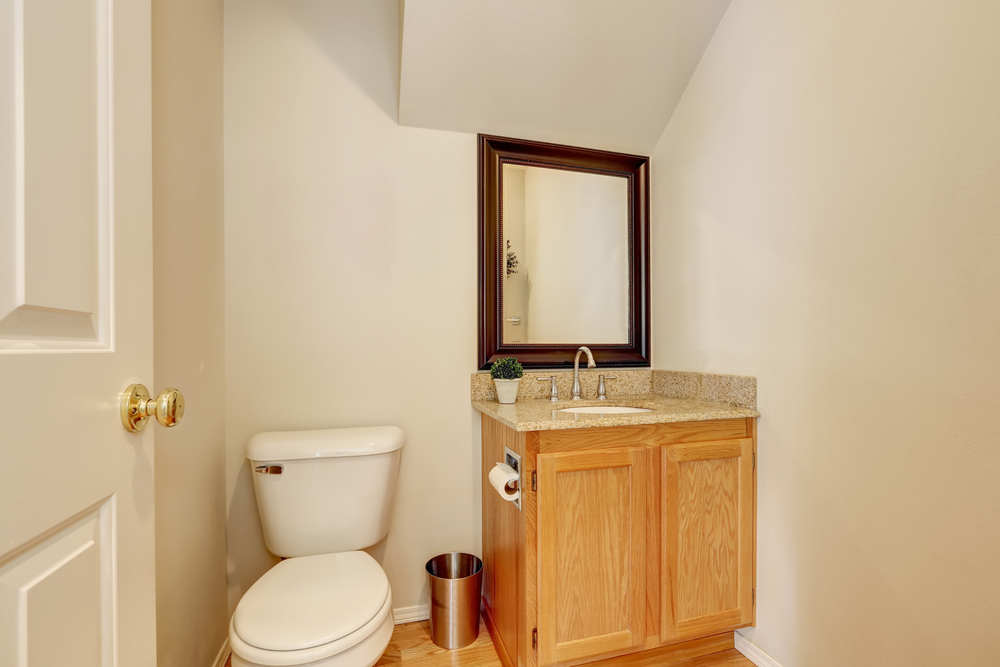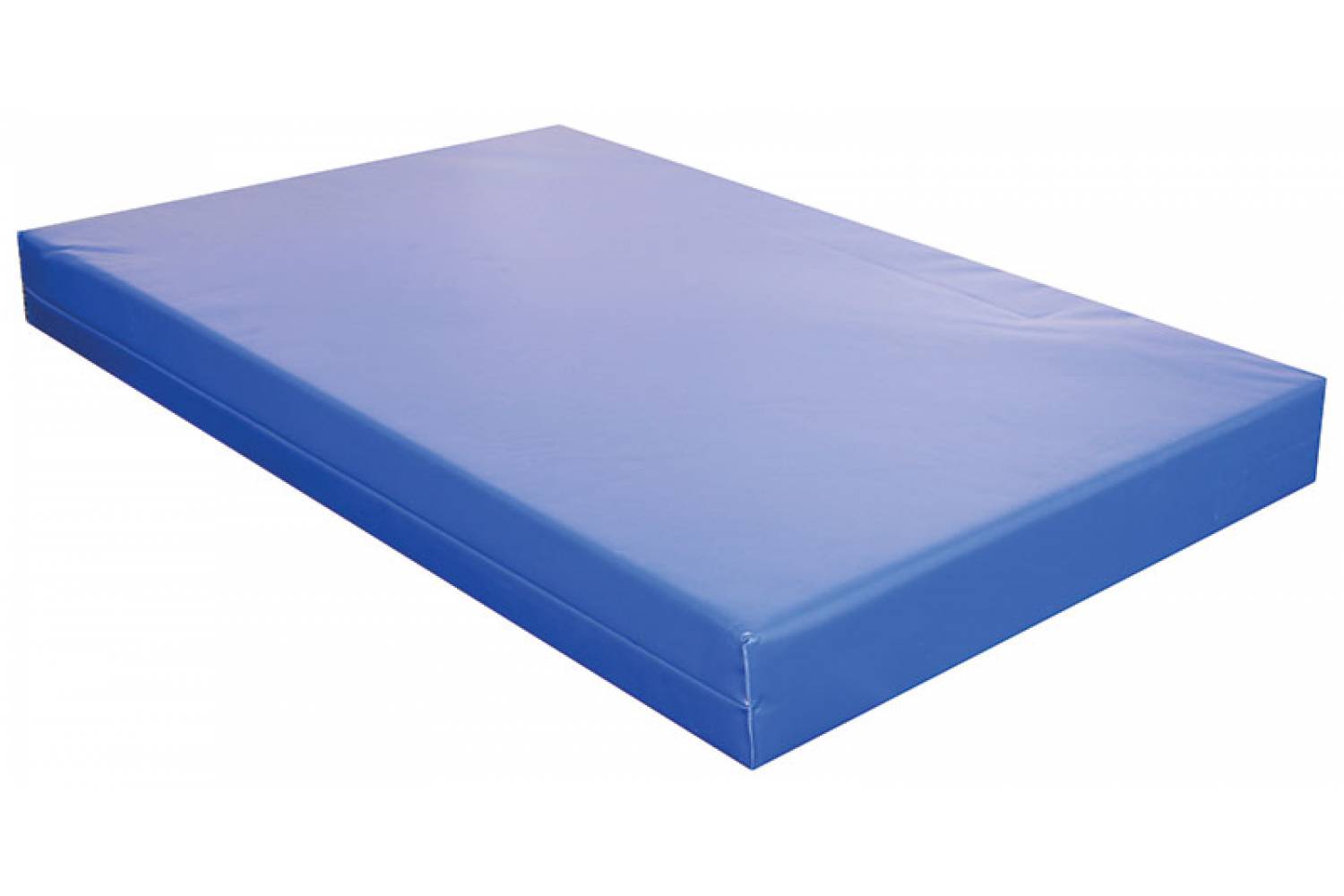How to Install a Floating Bathroom Vanity
Installing a floating bathroom vanity is a great way to add style and functionality to your bathroom. Not only does it create a modern and sleek look, but it also frees up space and makes cleaning easier. If you're considering installing a floating bathroom vanity in your home, here's a step-by-step guide to help you get started.
Step-by-Step Guide for Installing a Floating Bathroom Vanity
Before you begin the installation process, make sure to turn off the water supply and remove the old vanity. Once you have a clean and empty space, follow these steps for a successful installation:
Step 1: Measure and Mark the Wall
Use a measuring tape to determine the exact location and size of your new vanity. Use a pencil to mark the wall where the vanity will be installed, making sure to include any necessary holes for plumbing. This will serve as your guide throughout the installation process.
Step 2: Install the Wall Mounting Bracket
If your floating vanity comes with a wall mounting bracket, install it according to the manufacturer's instructions. Make sure it is securely attached to the wall and level with your markings.
Step 3: Mount the Vanity
Place the vanity on top of the wall mounting bracket and use a level to ensure it is straight. Once you're satisfied with the placement, use screws to secure the vanity to the bracket.
Step 4: Connect the Plumbing
If your vanity has pre-cut holes for plumbing, carefully connect the water supply and drainage pipes. If not, measure and cut holes in the back of the vanity to accommodate your plumbing.
Step 5: Secure the Vanity to the Wall
For added stability, use screws to secure the vanity to the wall. This will prevent any movement or shifting over time.
Step 6: Install the Countertop and Sink
Once the vanity is securely installed, you can attach the countertop and sink. Make sure to follow the manufacturer's instructions and use any necessary adhesives or sealants to ensure a tight and waterproof fit.
Step 7: Reconnect the Water Supply and Test
Turn the water supply back on and test your vanity to make sure everything is functioning properly. If there are any leaks or issues, make sure to address them before moving on to the finishing touches.
DIY Floating Bathroom Vanity Installation
While it is possible to install a floating bathroom vanity on your own, it is recommended to have some basic knowledge of plumbing and carpentry. If you are not comfortable with these tasks, it's best to hire a professional to ensure a safe and proper installation.
Tools Needed for Installing a Floating Bathroom Vanity
Here are some tools you may need to successfully install a floating bathroom vanity:
Tips for Installing a Floating Bathroom Vanity
- Make sure to measure accurately and double-check your markings before drilling or cutting.
- Use a stud finder to locate and attach the vanity to the wall studs for added stability.
- If your vanity does not come with a wall mounting bracket, make sure to use heavy-duty anchors for proper support.
- Don't forget to caulk around the edges of the vanity to prevent water from seeping in.
Common Mistakes to Avoid When Installing a Floating Bathroom Vanity
- Not turning off the water supply before beginning installation.
- Not measuring accurately, resulting in an uneven or ill-fitting vanity.
- Not securing the vanity to the wall properly, leading to instability and potential damage.
- Forgetting to connect the plumbing correctly, leading to leaks and water damage.
Choosing the Right Floating Bathroom Vanity for Your Space
When it comes to selecting a floating bathroom vanity, there are several factors to consider:
Pros and Cons of Installing a Floating Bathroom Vanity
Pros:
Cost of Installing a Floating Bathroom Vanity
The cost of installing a floating bathroom vanity will vary depending on the size, material, and any additional installation materials needed. On average, a floating vanity can cost anywhere from $300 to $1,500.
Professional vs. DIY Installation of a Floating Bathroom Vanity
If you have the necessary skills and tools, installing a floating bathroom vanity on your own can be a cost-effective option. However, if you are not confident in your abilities, it's best to hire a professional to ensure a safe and proper installation.
Why Choose a Floating Bathroom Vanity?

Elevate Your Bathroom Design
 When it comes to designing a bathroom, the vanity is often the focal point of the room. It not only serves as a functional space for getting ready, but it also adds to the overall aesthetic and style of the room. That's why choosing the right vanity is crucial in creating a beautiful and functional bathroom. One popular option that has been gaining popularity in recent years is the floating bathroom vanity. This type of vanity is mounted directly to the wall, giving the illusion that it is floating and not taking up as much space as a traditional floor-mounted vanity. So why should you consider a floating bathroom vanity for your next house design project?
Let's dive into the benefits.
When it comes to designing a bathroom, the vanity is often the focal point of the room. It not only serves as a functional space for getting ready, but it also adds to the overall aesthetic and style of the room. That's why choosing the right vanity is crucial in creating a beautiful and functional bathroom. One popular option that has been gaining popularity in recent years is the floating bathroom vanity. This type of vanity is mounted directly to the wall, giving the illusion that it is floating and not taking up as much space as a traditional floor-mounted vanity. So why should you consider a floating bathroom vanity for your next house design project?
Let's dive into the benefits.
Maximize Space in Small Bathrooms
 If you have a small bathroom, you know how challenging it can be to find the perfect balance between functionality and design. A floating bathroom vanity is a great solution for maximizing space in a small bathroom. With its wall-mounted design, it takes up less physical space, making the room feel more open and spacious. This is especially helpful if you have a narrow bathroom or a tight layout. Plus, you can still have all the storage and counter space you need without sacrificing valuable square footage.
If you have a small bathroom, you know how challenging it can be to find the perfect balance between functionality and design. A floating bathroom vanity is a great solution for maximizing space in a small bathroom. With its wall-mounted design, it takes up less physical space, making the room feel more open and spacious. This is especially helpful if you have a narrow bathroom or a tight layout. Plus, you can still have all the storage and counter space you need without sacrificing valuable square footage.
Easy to Clean and Maintain
 Another advantage of a floating bathroom vanity is that it is easy to clean and maintain. With a traditional floor-mounted vanity, there are often hard-to-reach areas around the base that can collect dust and debris. With a floating vanity, there is no base or legs, making it easier to clean the floor underneath. Plus, the wall-mounted design also means there is no risk of water damage from mopping or spills. This makes it a practical and low-maintenance option for any bathroom.
Another advantage of a floating bathroom vanity is that it is easy to clean and maintain. With a traditional floor-mounted vanity, there are often hard-to-reach areas around the base that can collect dust and debris. With a floating vanity, there is no base or legs, making it easier to clean the floor underneath. Plus, the wall-mounted design also means there is no risk of water damage from mopping or spills. This makes it a practical and low-maintenance option for any bathroom.
Customizable and Versatile
 Floating bathroom vanities come in a variety of styles, materials, and sizes, making them highly customizable to fit any design scheme. Whether you prefer a modern, sleek look or a more traditional and rustic design, there is a floating vanity to fit your vision. Additionally, because it is mounted to the wall, you have more flexibility in the placement of the vanity and can even choose to install it at a height that is comfortable for you and your family.
In conclusion, a floating bathroom vanity is a practical, stylish, and versatile option for any house design project. With its space-saving design, easy maintenance, and customizable options, it is a smart choice for any bathroom renovation. So why not consider a floating vanity for your next bathroom remodel and elevate your bathroom design to a whole new level?
Floating bathroom vanities come in a variety of styles, materials, and sizes, making them highly customizable to fit any design scheme. Whether you prefer a modern, sleek look or a more traditional and rustic design, there is a floating vanity to fit your vision. Additionally, because it is mounted to the wall, you have more flexibility in the placement of the vanity and can even choose to install it at a height that is comfortable for you and your family.
In conclusion, a floating bathroom vanity is a practical, stylish, and versatile option for any house design project. With its space-saving design, easy maintenance, and customizable options, it is a smart choice for any bathroom renovation. So why not consider a floating vanity for your next bathroom remodel and elevate your bathroom design to a whole new level?









